Close conjunctions between planets, a bright Venus and a total lunar eclipse: In this quarter, the heavens are offering up some delicious morsels which are worth viewing. What’s happening with Mercury, for example? The small, nimble planet will soon reach its best evening visibility.
In the “Astronomy Highlights in Spring 2022” infographic, you can find at a glance numerous important celestial events. You can find dates and detailed descriptions of the events in the accompanying text.
Have fun observing!
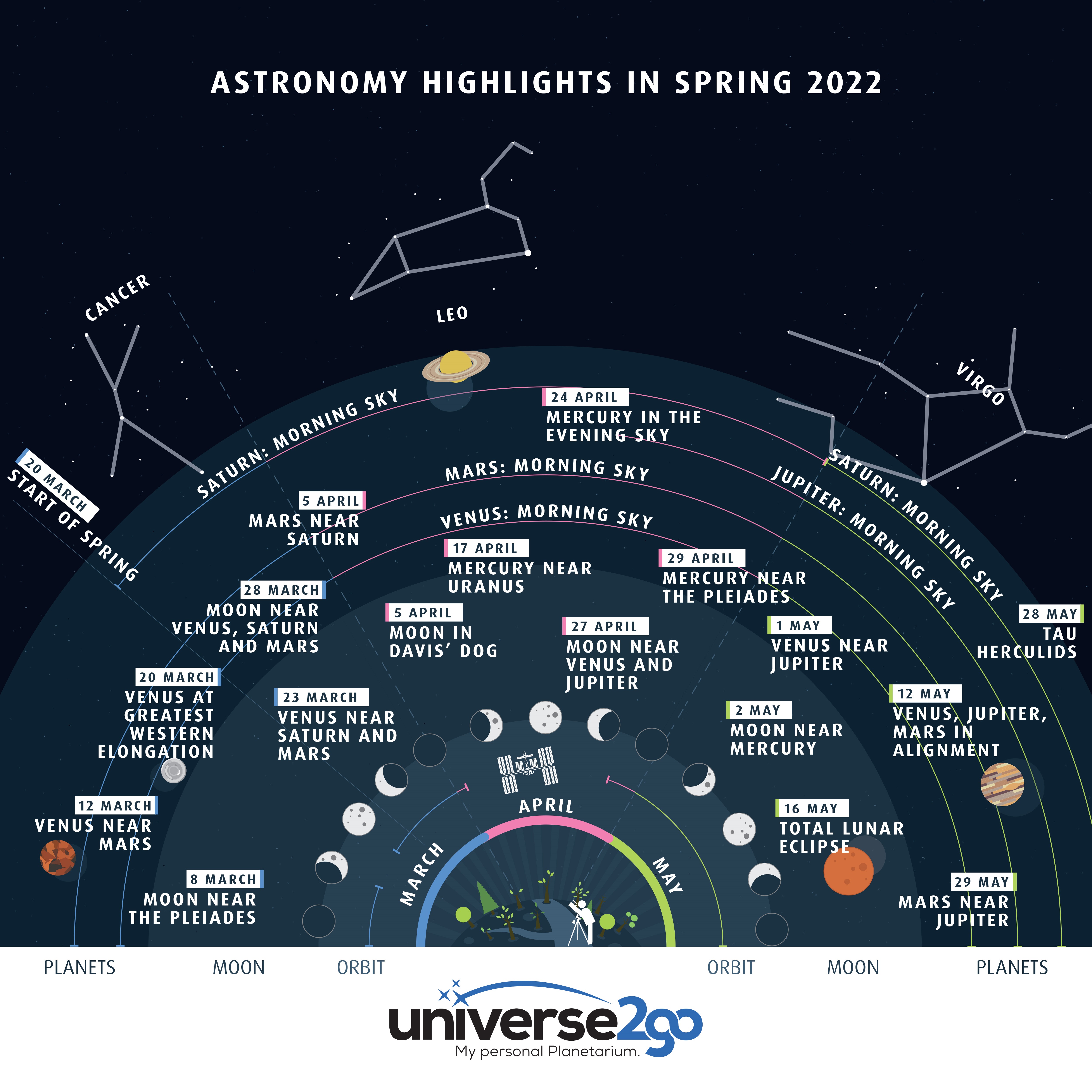
March
08/03 Conjunction between the Moon and the Pleiades
This evening, the six-day-old Moon approaches the Pleiades open star cluster.
12/03 Conjunction between Venus and Mars
Shortly before sunrise, Venus and Mars can be seen over the south-eastern horizon. Venus is almost half-illuminated and shining with a magnitude of magnitude -4.5
20/03 Venus at greatest western elongation
Venus is at its greatest western elongation today. It, therefore, reaches its greatest angular distance from the Sun and can maintain an acceptable altitude above the horizon. It is now 50% illuminated.
23/03 Conjunction between Saturn and Mars
Just above the horizon, we can look forward to an attractive celestial display. Venus, Mars and Saturn are waiting for us in a planetary triangle. A good opportunity to compare their various magnitudes.
28/03 Conjunction between the Moon, Venus, Saturn and Mars
On 23 March, we are able to marvel at three planets. Today the slender crescent moon is keeping the trio company. Grab your camera and capture this beautiful event for ever.
April
05/04 Conjunction between Mars and Saturn
A rare event? Yes, because this morning Mars is passing by the ringed planet at a distance of only 20 arc seconds. A good opportunity to view both planets through binoculars or a telescope, or for a photo of both celestial bodies.
05/04 Moon in Davis’ Dog
An asterism is a random collection of stars which we perceive in pretty patterns. Today the Moon brushes past “Davis’ Dog”, a pattern of stars which resembles a dog or a fox. When viewed through binoculars, the sight is very delightful. In some places, the Moon occults bright stars.
17/04 Conjunction between Mercury and Uranus
This evening sees Mercury passing Uranus at a distance of only two degrees. This means you can locate both planets within the visual field of a pair of binoculars. A high vantage point is desirable since the planets are only 4 degrees above the horizon at 9pm.
24/04 Mercury in the evening sky
Mercury achieves its best evening visibility this year. Do you still want to see it? Then the time is now. At dusk, it can be found just above the western and north-western horizon. But only for the next 10 to 14 days, before it disappears.
27/04 Conjunction between Venus and Jupiter
Three days before the new Moon, its narrow crescent comes into conjunction with the planets Venus and Jupiter.
29/04 Conjunction between Mercury and the Pleiades
The winter constellation of Taurus goes down in the west. In the twilight, Mercury approaches the well-known Pleiades star cluster. You can marvel at both in the visual field of a pair of binoculars.
May
01/05 Conjunction between Venus and Jupiter
At a distance of barely 20 arc seconds, Venus “scrapes” past Jupiter. Such a close encounter is seldom seen. The only downside is that you have to drag yourself out of bed early as it can only be seen in the morning sky.
02/05 Conjunction between the Moon and Mercury
For those who prefer to observe in the evenings, you can catch a last glimpse of Mercury today. The spectacle takes place just above the western horizon but is especially attractive. A delicate waxing crescent moon to the left and, to the right, the Pleiades.
12/05 Venus, Jupiter, Mars in alignment
Shortly before dawn, we can see Venus, Jupiter and Mars sitting in a neat row. A little further up, we can also find Saturn. The band of planets stretches from the eastern horizon almost diagonally across the sky.
16/05 Total lunar eclipse
The last visible lunar eclipse took place in January 2019. Three years later, the event is repeating itself. However, visibility for the current eclipse is sadly not optimal. We cannot fully follow it, only the first part. The Moon enters the Earth’s umbral shadow at 04:28. At this time, our satellite is still 8 degrees above the horizon. Just at the start of the totality, the Moon goes down in the southwest. We won’t be able to see another total lunar eclipse until 2025 – and that will be in the evening.
28/05 Tau Herculids
The Tau Herculids are a meteor shower which we have not previously recommended in our Astronomy Highlights. Why? They are usually barely noticeable and not so exciting with a maximum of two meteors per hour. Only avid meteor fans get anything out of them. But this year could be different. This year, the Earth crosses paths with the trail of dust left by the disintegrating 73P/Schwassmann-Wachmann 3 comet in 1995. This year, it could be quite the shower. The International Meteor Organisation (IMO) is encouraging people to collect observational data.
29/05 Conjunction between Mars and Jupiter
At three in the morning, Mars and Jupiter climb above the horizon. It will be immediately apparent that we are dealing with a very close conjunction here. The two planets pass each other at a distance of around 0.5 degrees. When viewed through binoculars, they will appear as a stunning pair in the same visual field.

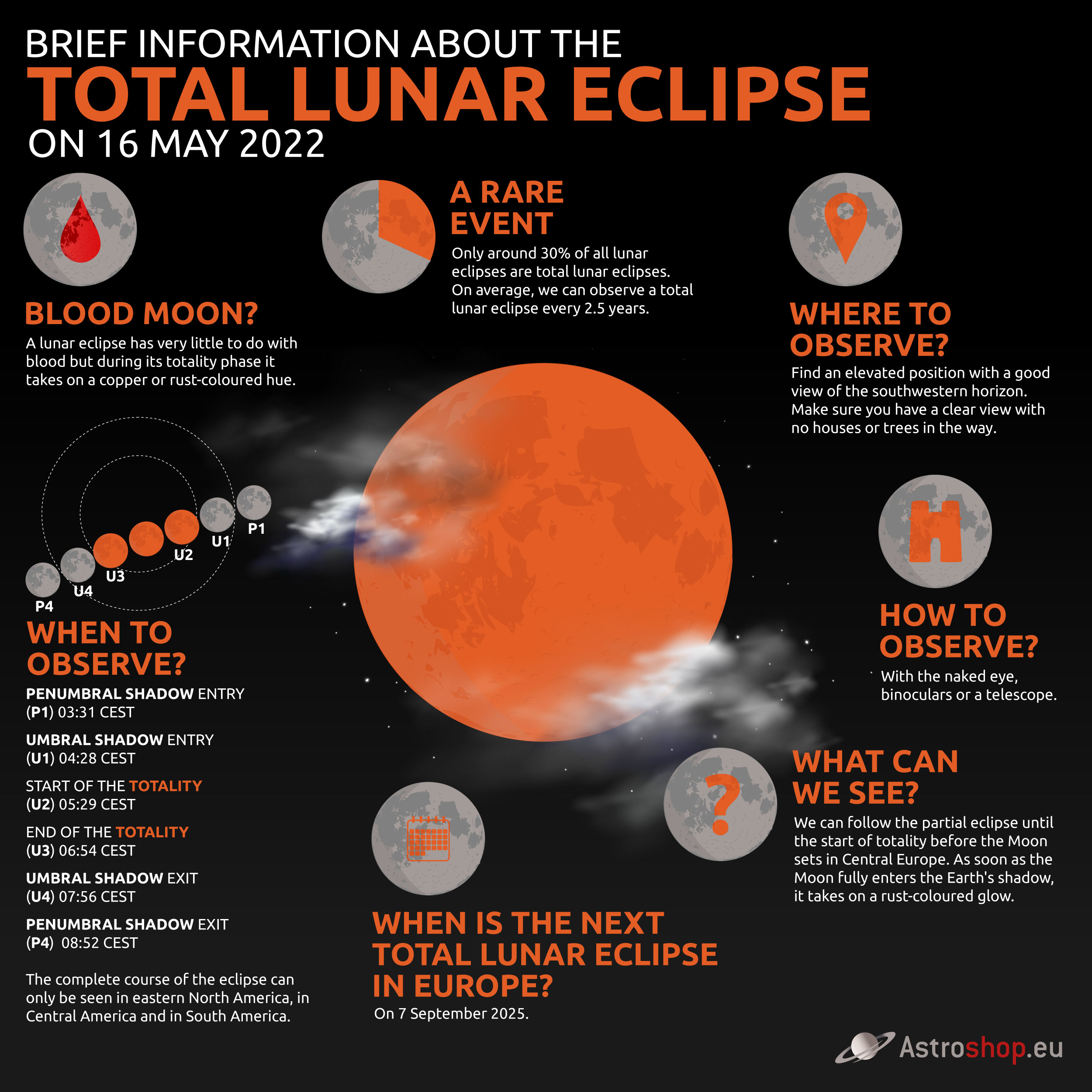
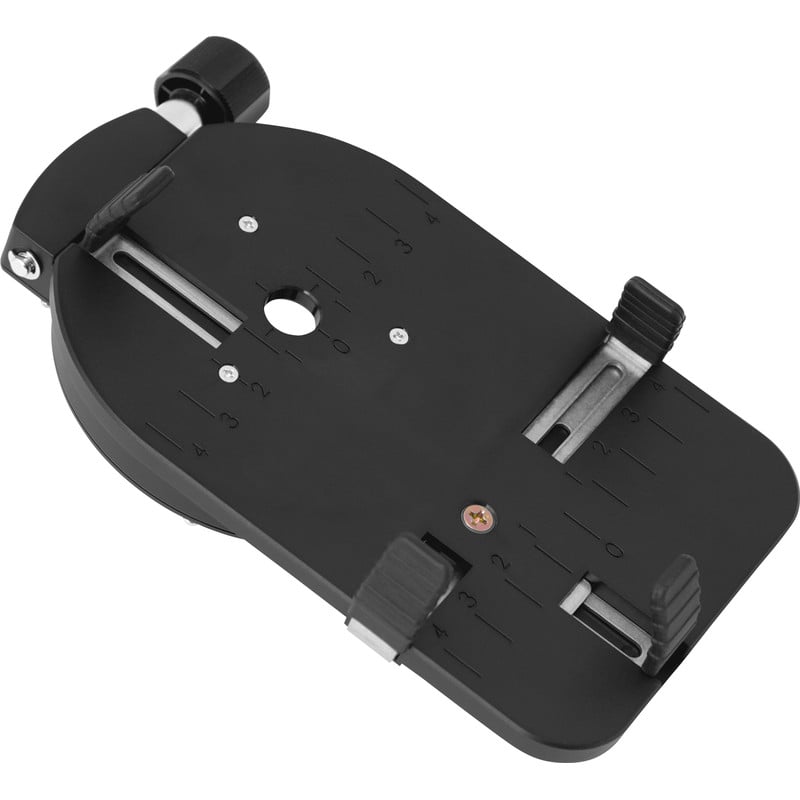
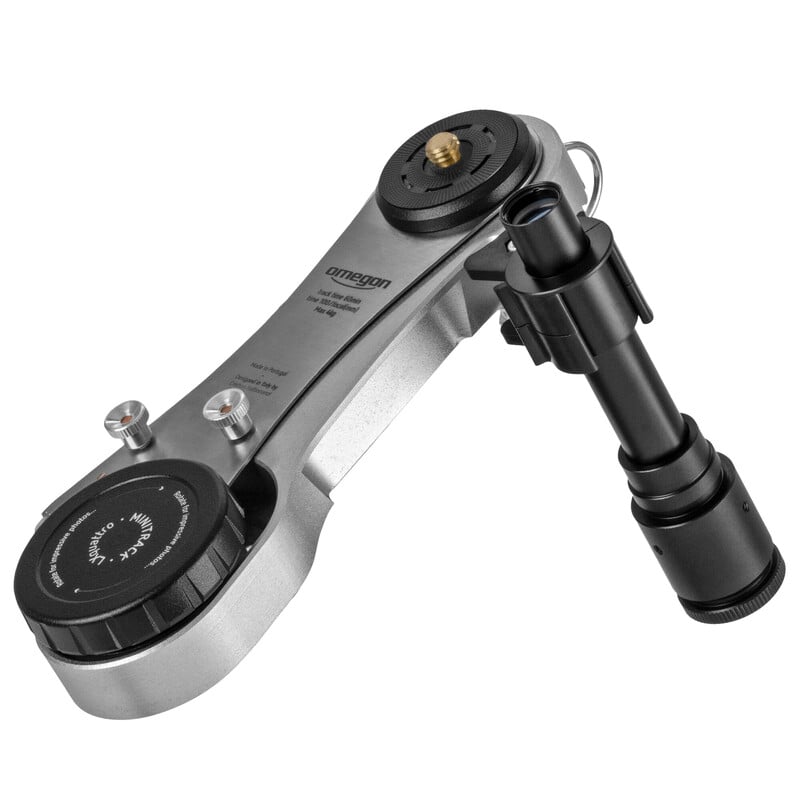
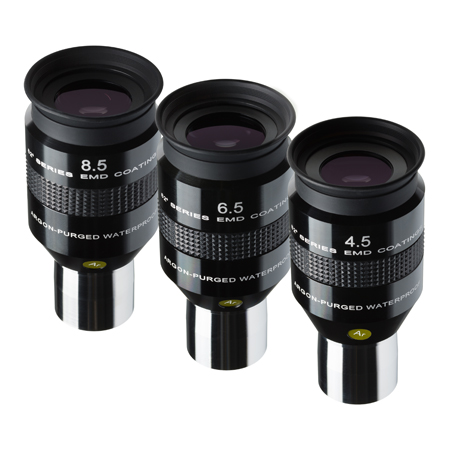

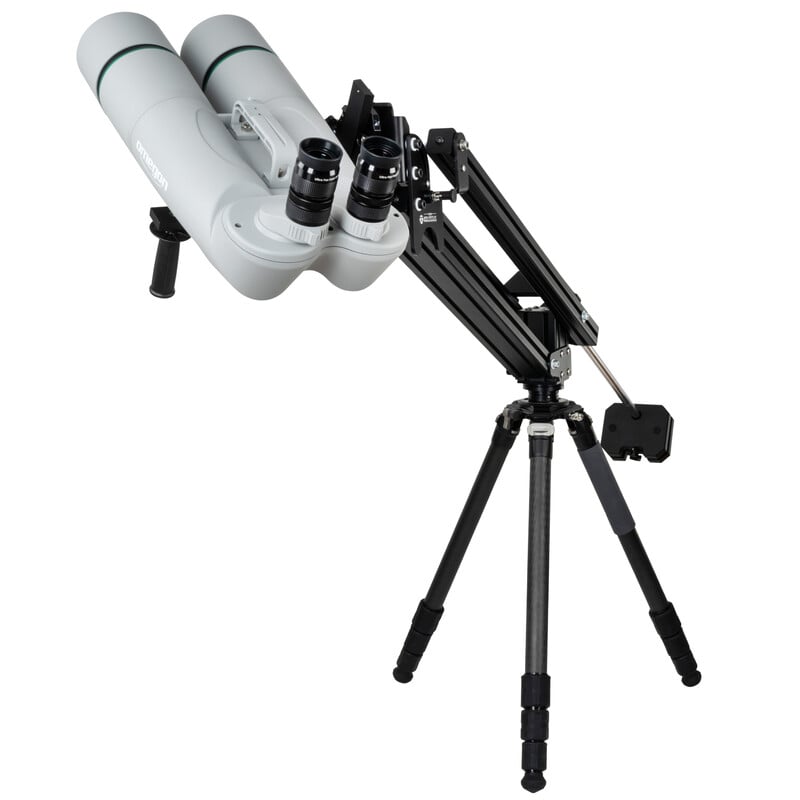
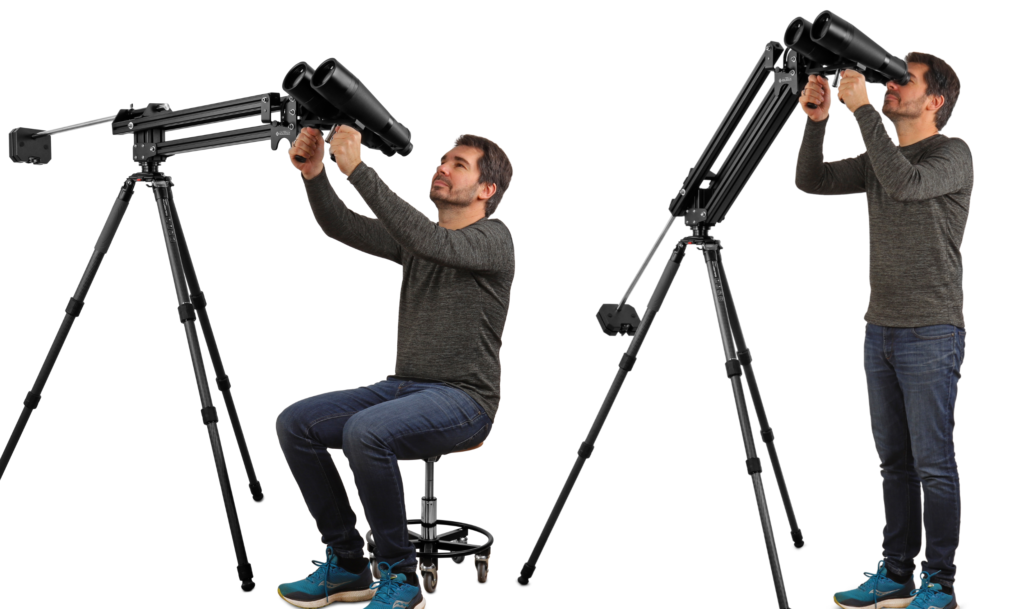
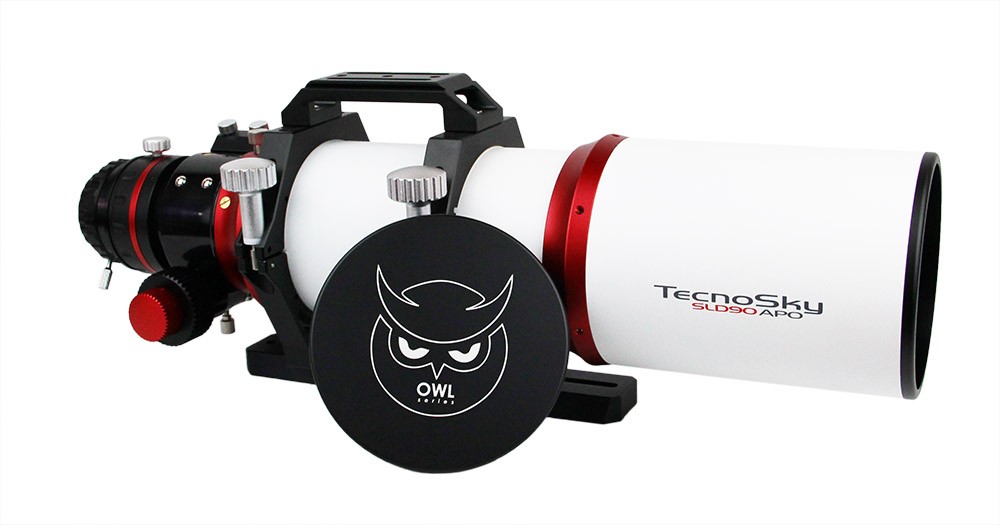
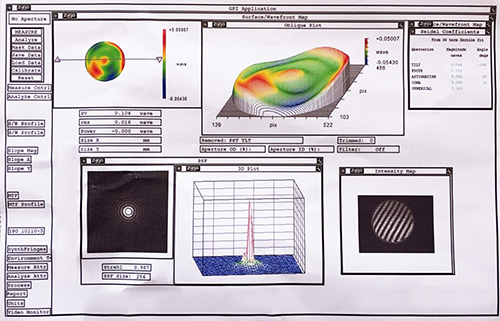
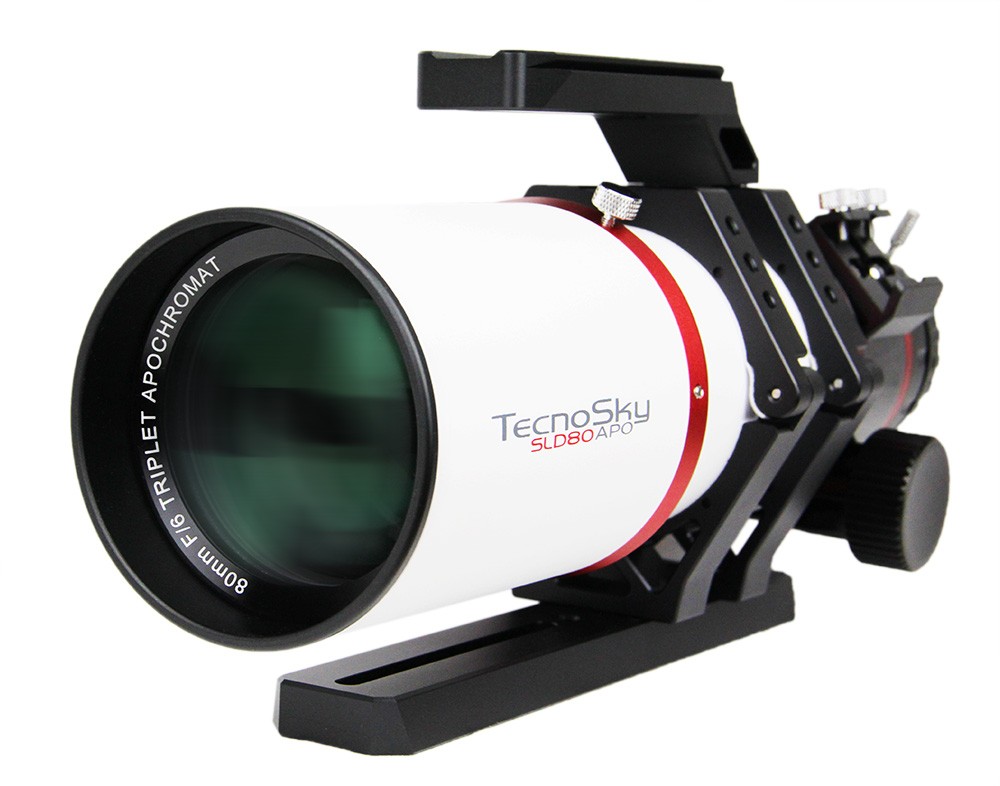

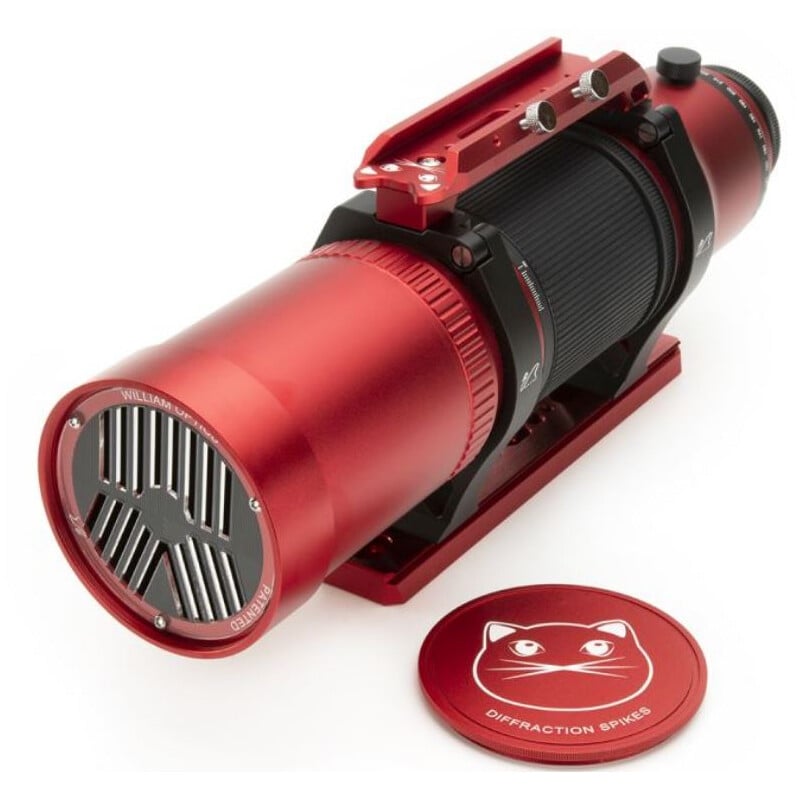
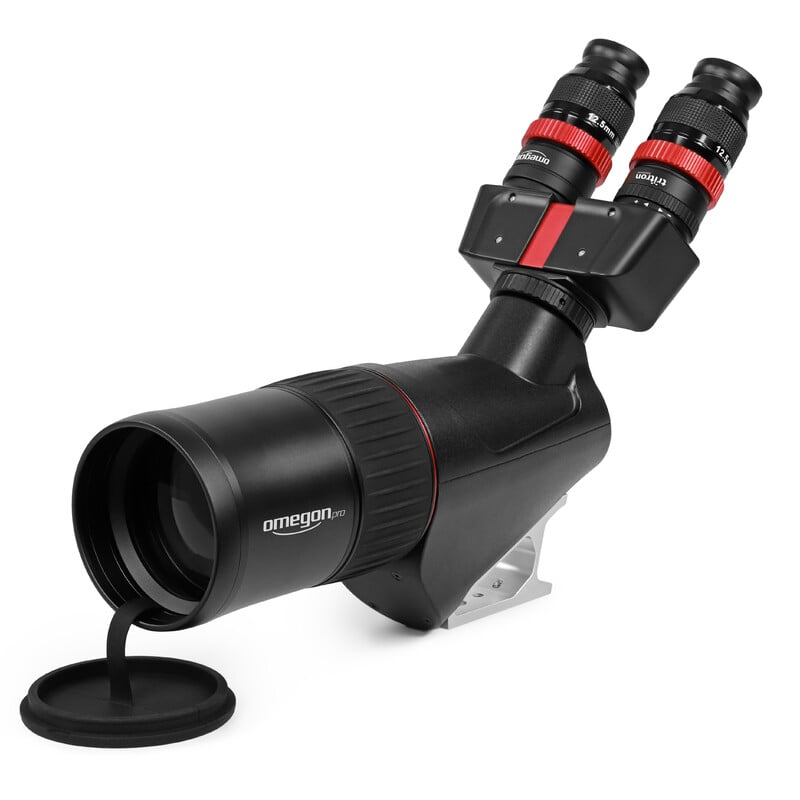
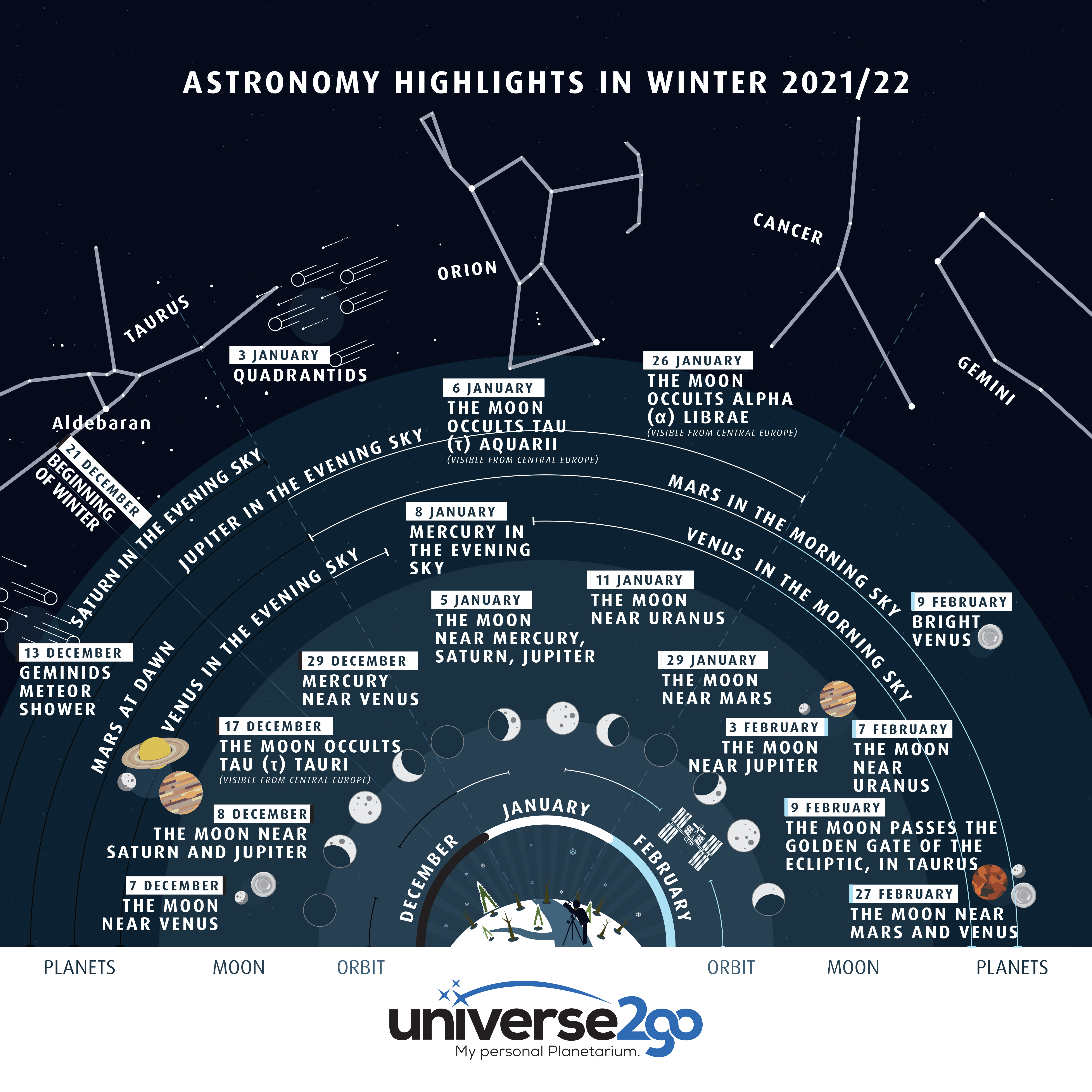
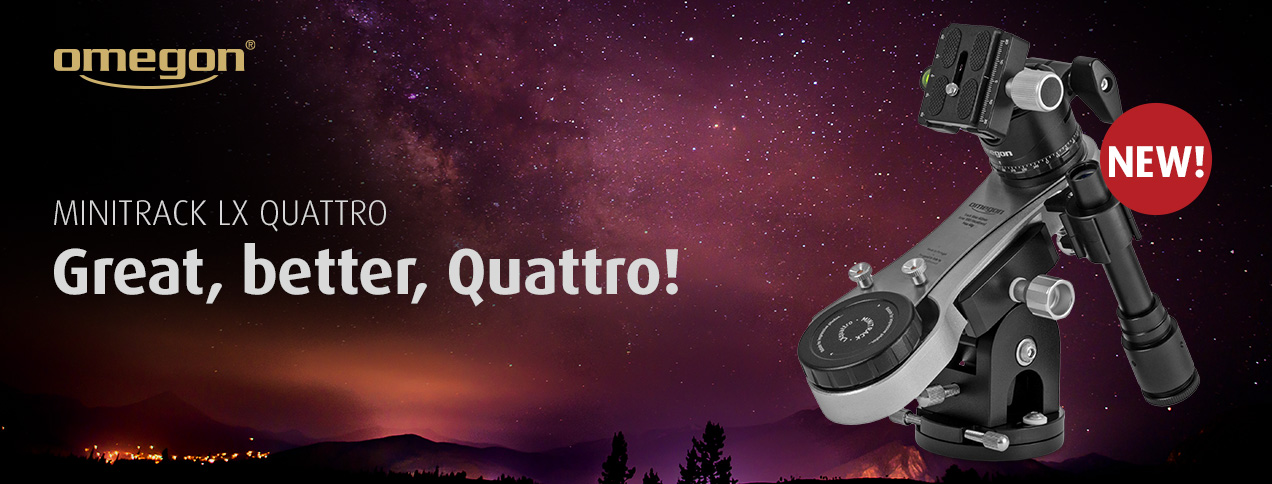
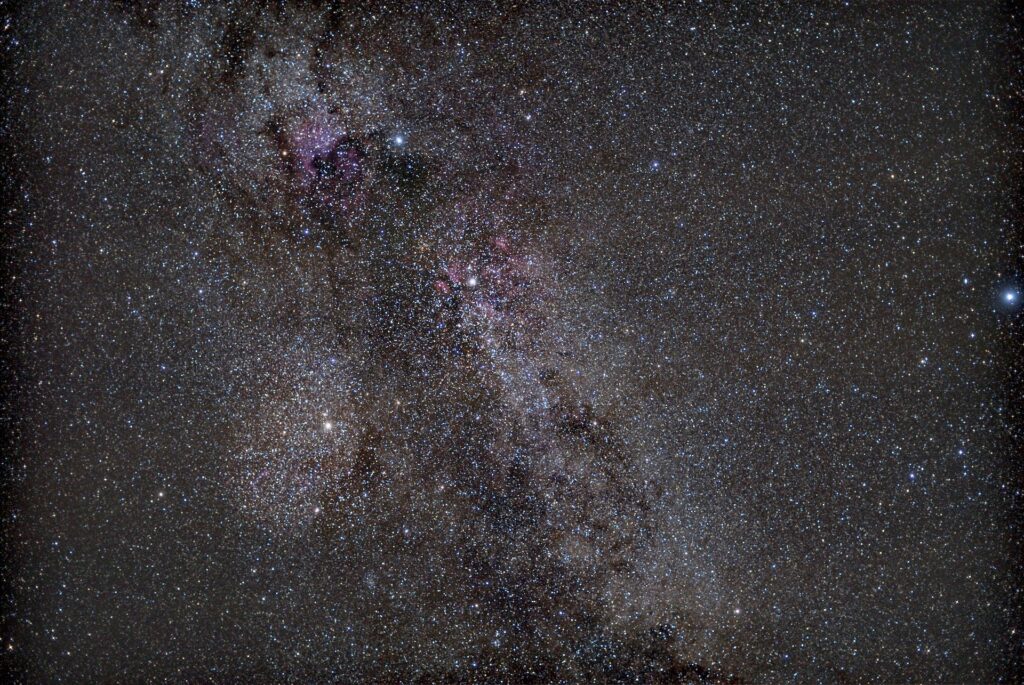
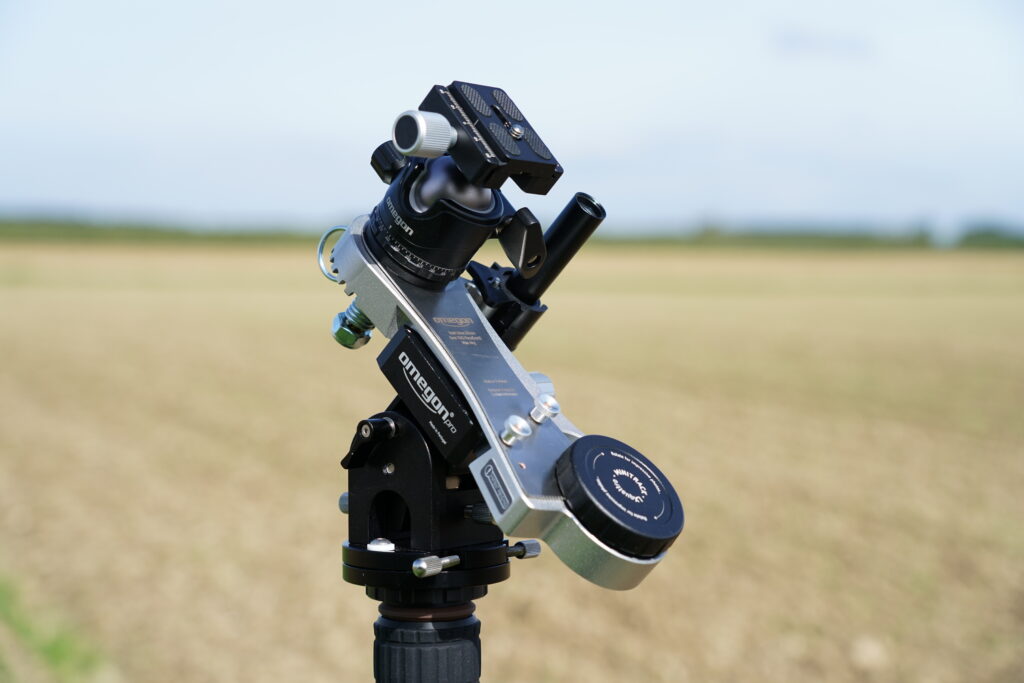
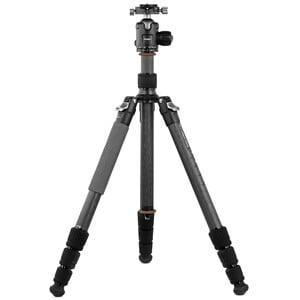
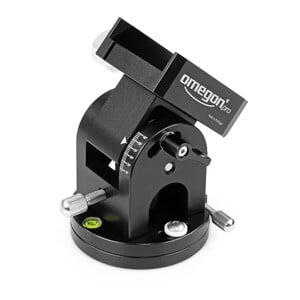
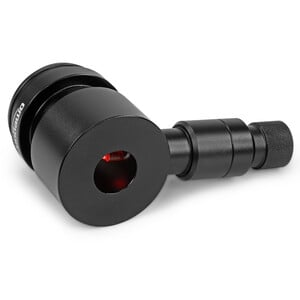
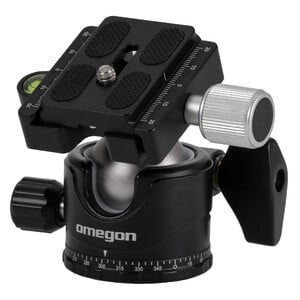
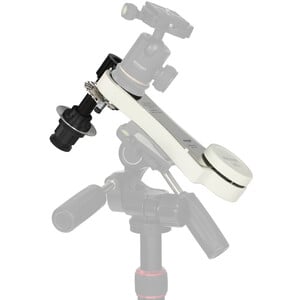
/Omegon-Montierung-MiniTrack-LX3-Essentials.jpg)